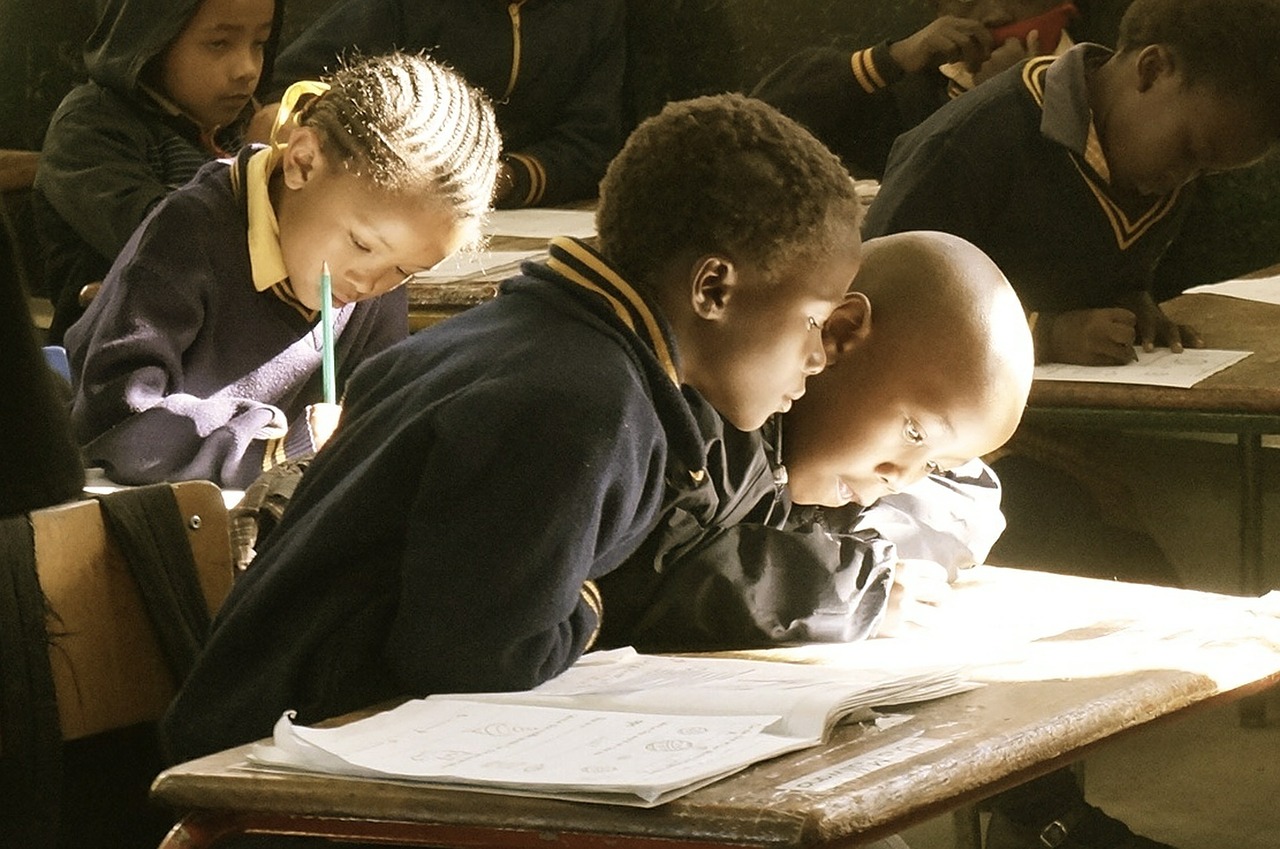Sep 16, 2019 | by Helen Bailey, Itad

In a recent review of evidence of youth savings initiatives, we found that many studies struggled to disentangle results for youth from the rest of the household and either lacked a definition for youth or used a rather wide age range, making it difficult to understand the impact of savings products and services on them, and how it varies for different age brackets.
While there are some promising examples of financial inclusion initiatives targeting specific sub-groups of youth (see examples below), we know that many financial inclusion initiatives face challenges in providing products and services that meet their needs. Improved research and analysis of youth savings initiatives will generate useful learning and offer better savings solutions to this broad and diverse group of the population.
Our ‘Savings for youth: a review of evidence’ report took a sub-set of 44 studies within the Savings Evidence Map developed as part of the Mastercard Foundation Savings Learning Lab focusing on youth.
Within this evidence base, we found a range of economic and social benefits of youth having access to and using savings accounts, and from being members of savings groups. We discovered that savings are contributing to increases in productive assets, consumption, financial capability, food security, health outcomes, and better management of education expenses, making it all the more important to finetune financial solutions for this group.
Our review also found that youth savings products are challenging for financial services providers (FSPs). Youth save less, use fewer products, and transact less frequently; and there are high costs associated with offering accounts with small savings balances, thus disincentivizing many FSPs from investing in youth.
However, we see potential. Technology, targeted marketing techniques, more inclusive products, and engaging parents are just some ways to reach this market more effectively. We also know that youth have the potential to become lifetime clients.
For example, the Ghana YouthSave experiment found that youth aged 12 to 18 who received in-school support to open and operate accounts deposited 50 to 80 times more than their control group. Another study on youth savings patterns in Nepal found that tailored incentives for youth aged 12 to 18 years, such as matched savings and developing savings goals, increased deposits by 4.5%. [1]
Studies like these provide targeted findings that can be applied to other initiatives, allowing this market to be better served by FSPs in the future.
Firstly, disentangling results for youth from household-level results can be tricky. Savings solutions are often bundled with other services and youth income is often integrated and measured as part of household-level income. Youth often receive money from their parents or siblings to contribute towards their individual savings and then later channel these savings back into the household to cover expenses.
The second challenge is defining youth. Roughly a quarter of the studies in our sample didn’t provide any definition. When definitions were provided, they ranged from five to 36 years, with most savings interventions focusing on youth between the ages of 13 and 25. The studies also treat youth as a homogenous group and therefore little is known about how age groups react differently to products, services and interventions.
These issues are intensified by the fact the evidence base is still relatively small with less data to compare. When you try to look at youth as a heterogeneous group and examine sub-sets of the youth market, the evidence base further shrinks.
A more nuanced approach to define youth is required. Youth need to be treated as a heterogeneous group and more comparative analysis across youth groups should be carried out.
Without a better understanding of what it is we mean by ‘youth’ and a better understanding of how their needs differ, the sector will find it difficult to develop solutions and provide products to meet their needs.
One of our Savings Learning Lab partners, Scale2Save, is already working to build this evidence base. They are in the process of conducting research to identify the current gaps in financial services for different youth groups in Morocco, Senegal and Nigeria.
Follow us at the Savings Learning Lab, Scale2Save and The SEEP Network on Twitter for updates on how to expand financial inclusion for young populations and beyond.
[1] Johnson, L., et al. 2013. Savings patterns and performance in Colombia, Ghana, Kenya, and Nepal, YouthSave Research Report.
Helen Bailey is a Consultant for Private Sector Development, Markets and Trade at Itad. Helen specialises in the monitoring and evaluation of economic development programs. At Itad, she manages the Mastercard Foundation Savings Learning Lab, including the development of the online Savings Evidence Map in partnership with SEEP.
Prior to joining Itad, Helen worked as a Monitoring, Evaluation and Learning Officer at the Institute of Development Studies where she designed and managed monitoring and evaluation systems for a portfolio of research and knowledge programs. Previous to this, Helen worked at Saana Consulting, carrying out independent evaluations of trade and development programs for a range of bilateral and multilateral donors.
Helen holds a Masters of Science in Development Economics from the School of Oriental and African Studies.
Categories: Financial Inclusion Youth and Children English Savings Groups Blog Blog WebinarsBlogs

1621 North Kent Street, Ste 900,
Arlington, VA, 22209
P 202.534.1400
F 703.276.1433
Website Photos: © mari matsuri
